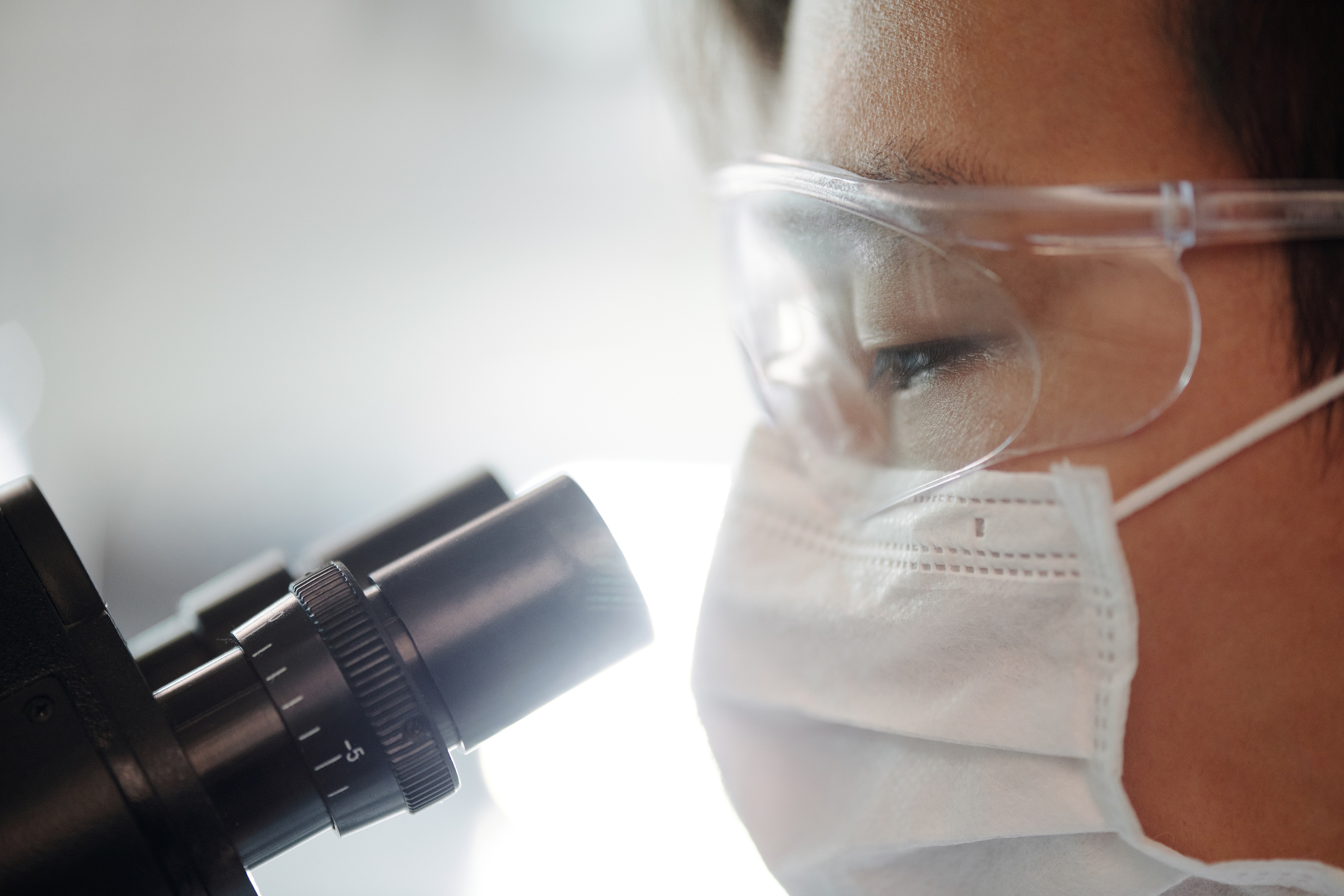Counting Carcinogens
Sept. 19, 2022

The Hansen Group is currently focusing their research on improving the understanding of atmospheric and environmental chemical processes through focused laboratory, field, and computational studies. One of their recent endeavors involved a study to understand the sources of high concentrations of formaldehyde and dichloromethane in air in the Bountiful, Utah region. They worked in collaboration with researchers from the University of Utah and Snow College.
The city of Bountiful has served as one of the urban monitoring sites for the U.S. Environmental Protection Agency since 2003. Dr. Jaron Hansen said that “Starting in 2013, the mean concentration of HCHO measured in Bountiful, Utah exceeded the non-cancer risk threshold and the 1 in 1 million cancer risk threshold. In addition, the measured concentrations were more than double those found at surrounding locations in Utah.” They were able to measure the concentrations of formaldehyde and dichloromethane through the use of novel instrumentation alongside other universities and the Utah Department of Air Quality.
Of these novel instruments, one of them was the Broadband Cavity Enhanced Absorption Spectrometer, which was used to measure the concentration of formaldehyde. In collaboration with Dr. Ryan Thalman from Snow College, they “obtained funding from NSF to design, build, and test a new instrument to measure ambient concentrations of hydroxyl radical (OH),” says Hansen. “Our current research efforts are focused on optimizing and automating the operation of this new instrument that will allow detection of OH radical down to 0.05 ppt (parts per trillion).”